Benicia Strawberry Plants & Mojave Strawberry Plants: Introduction
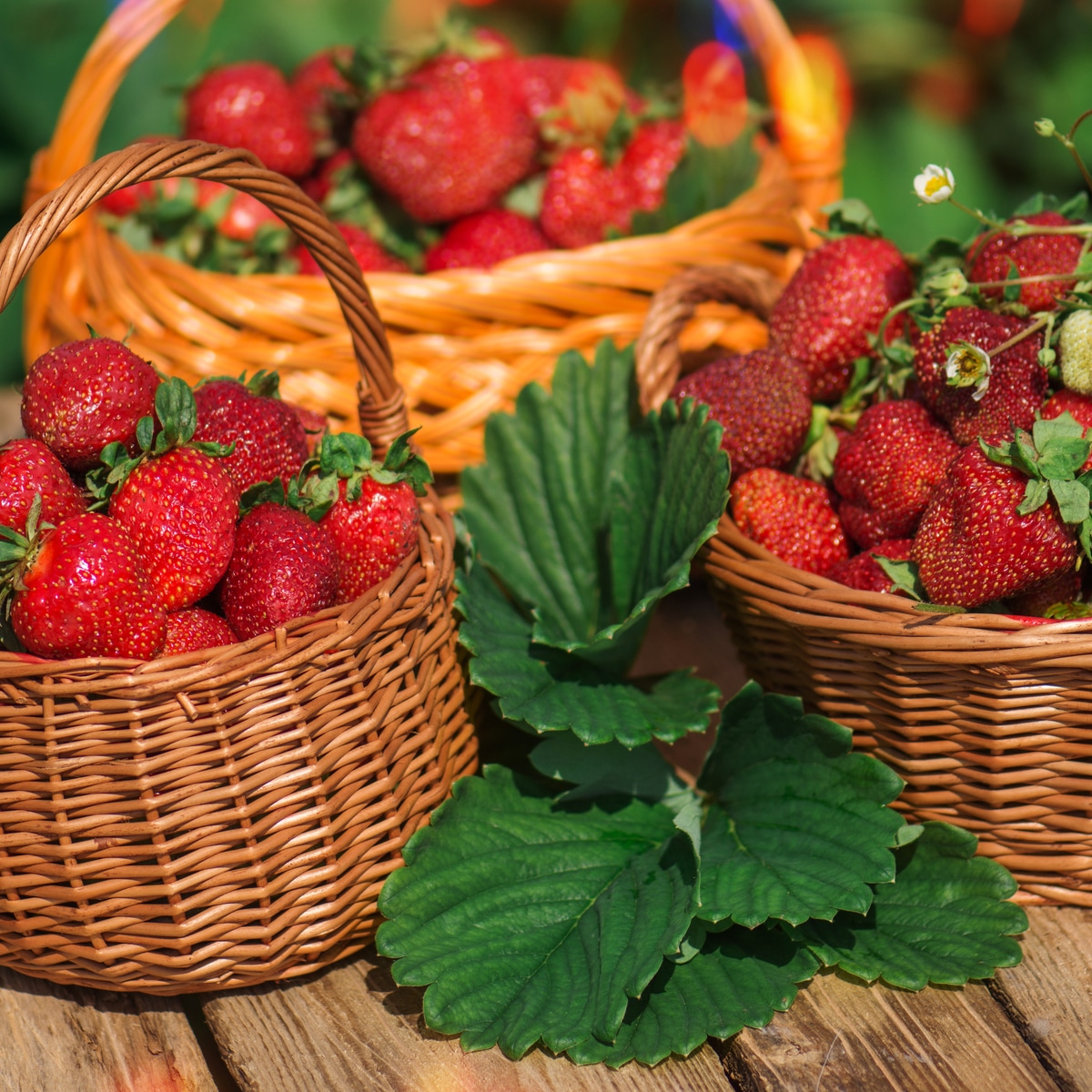
This page is a profile summary of the new strawberry cultivars ‘Benicia’ and ‘Mojave’ (Fragaria x ananassa). It will provide details on Benicia strawberry plants as well as Mojave strawberry plants and the strawberries each produces so that an informed decision can be made regarding its suitability for varying growing locations and uses. Benicia strawberry suppliers and Mojave strawberry suppliers are also listed.
Jump to:
- Benicia Strawberry Plants & Mojave Strawberry Plants: Introduction
- Why Benicia Strawberries and Mojave Strawberries Were Developed
- How Benicia Strawberry Plants & Mojave Strawberry Plants Are Better
- Where to Grow Benicia Strawberries and Mojave Strawberries
- Growing Benicia & Mojave Strawberry Plants: Conditions
- Disease Resistance of Benicia Strawberry Plants & Mojave Strawberry Plants
- Disease Susceptibility of Benicia Strawberry Plants & Mojave Strawberry Plants
- Benicia Strawberries & Mojave Strawberries
- Notable Features of Benicia Strawberry Plant & Strawberries
- Notable Features of Mojave Strawberry Plant & Strawberries
- More Information about the Strawberry Benicia & Strawberry Mojave
- Where to Buy Benicia Strawberry Plants & Mojave Strawberry Plants
Why Benicia Strawberries and Mojave Strawberries Were Developed
As agricultural practices improve and more acreage is planted with strawberry plants each year, the consumers of strawberries have had the good fortune of seeing the fruits they love become more affordable. However, with the increasing yields and competition (from Mexico and other regions) dropping prices, the profits realized by the strawberry industry in southern California have also declined. As money seems to be the entity that makes the world go ‘round, there is a constant push to develop new cultivars of strawberry plants that improve upon the beneficial traits of the older strawberry plants while eliminating or minimizing the negative traits.

The two biggest profit-increasing characteristics most commonly targeted for improvement are yield and the quality of the actual strawberries. The tried and true industry standard for the short-day season has been, for over 15 years, the Camarosa strawberry variety.
In 2001, the ‘Ventana’ cultivar was released as a superior strawberry producer to Camarosa. In its trials, the results showed that the potential for a yield increase of about 8.5% over Camarosa was possible with Ventana. Additionally, the number of non-marketable strawberries produced by Ventana in the trials was about half as much as Camarosa. However, Ventana, while still an exceptionally good strawberry plant, did not subsequently prove to be as good as it was initially projected to be. While its yield was superior to Camarosa, the quality of the strawberries the Ventana strawberry plants produced was often less than ideal.
Thus, the opportunity for varieties of new strawberries was knocking louder than usual, with the goal being to develop new cultivars that maintained the increased yield seen with Ventana but to also improve the quality of the fruits. So, after about 5 years of development and testing, Benicia strawberries and Mojave strawberries have now been released by the Strawberry Improvement program at the University of California. These two strawberry new releases are projected to compete with Camarosa and complement or replace Ventana.
How Benicia Strawberry Plants & Mojave Strawberry Plants Are Better
Benicia strawberry plants and Mojave strawberry plants should allow strawberry farmers to capitalize through the improvement of a few of their traits, most notably yield. As they were specifically designed for the California short-day (June-bearing) growing season, they are well-adapted to planting in the early fall for winter production systems and will, hopefully, allow growers to profit more on the early markets. Each Mojave or Benicia strawberry plant can produce between 3 and 4 pounds of strawberries during the fruiting period (December to June) under optimal conditions.
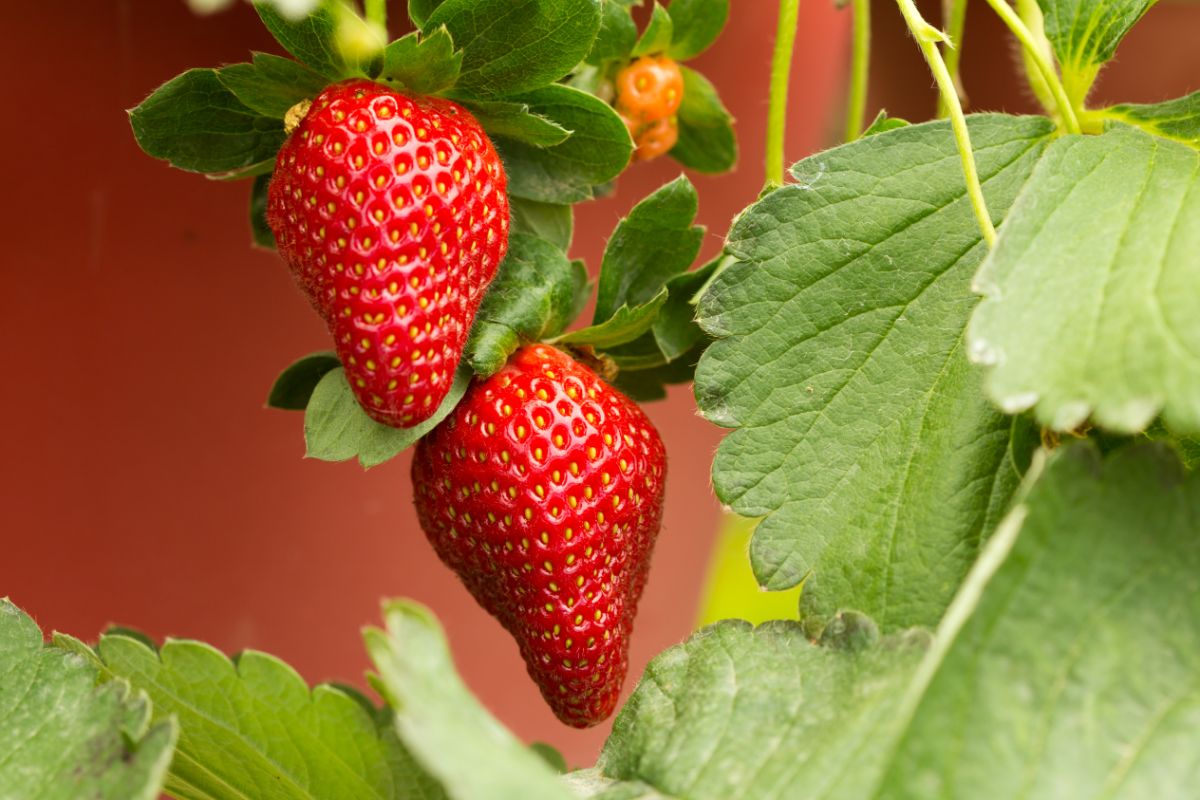
The new varieties, Benicia in particular, are slightly smaller strawberry plants than Ventana while having a similar production pattern and even producing slightly larger strawberries. This may allow for more plants to be planted in the same acreage, further increasing yield. Additionally, these two new strawberry cultivars have superior fruit quality to Ventana. The improvement in both yield and berry quality, should the findings hold when more extensive cultivation occurs, are promising for the future of these two strawberry varieties.
Where to Grow Benicia Strawberries and Mojave Strawberries
Like most strawberry plants, Benicia and Mojave will establish themselves in many different locations. However, they are specifically well-suited for the winter growing season (short days) in California. However, the question of where to grow strawberry plants of the Benicia and Mojave varieties is moot for the moment anyway. The California strawberry industry stipulates that only California growers be allowed to grow the strawberry plants for the first two years after its release.
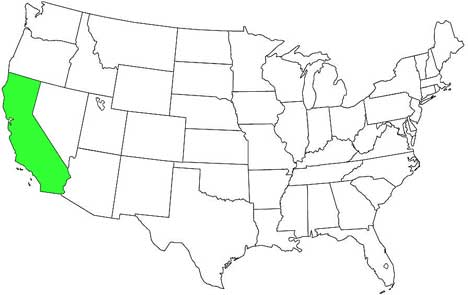
Growing Benicia & Mojave Strawberry Plants: Conditions
Benicia strawberry plants and Mojave strawberry plants were both developed specifically for the short-day season in California. In order to get the maximum yield, optimal fertilization and irrigation have to be administered to the strawberry plants. Thus, these newer strawberry varieties are best suited for commercial growers. And, until the two years mentioned above runs its course, the primary condition for growing either Benicia strawberry plants or Mojave strawberry plants is a location in the state of California.
Disease Resistance of Benicia Strawberry Plants & Mojave Strawberry Plants
The disease resistance of Benicia and Mojave varies somewhat. Mojave strawberries are resistant to Verticillium wilt while Benicia is tolerant to Phytophthora crown rot (Phytophthora cactorum).
Disease Susceptibility of Benicia Strawberry Plants & Mojave Strawberry Plants
Benicia strawberry plants are susceptible Verticillium wilt. Mojave strawberry plants are susceptible Phytophthora crown rot.
Benicia Strawberries & Mojave Strawberries
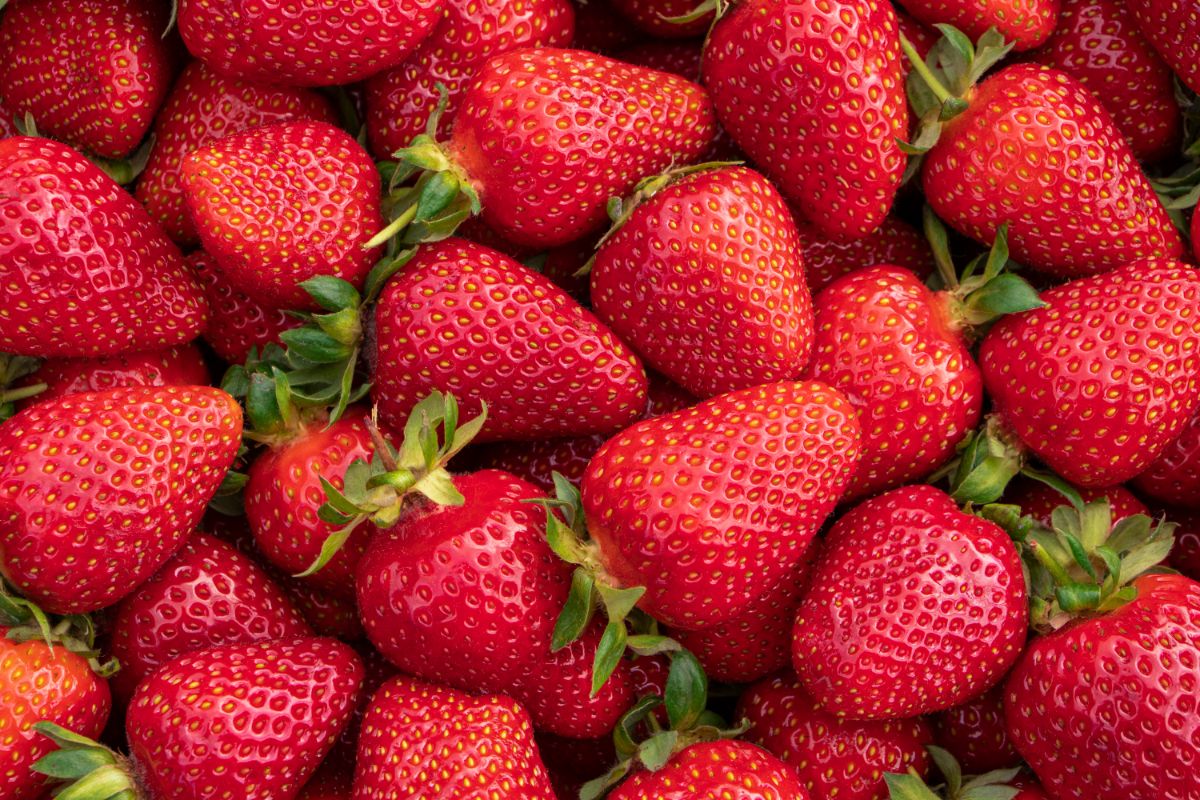
Benicia strawberries are very attractive. They score higher in appearance, size, and firmness when compared to Ventana. Benicia strawberries are slightly darker than Ventana and have interior color that is more even. And, probably most importantly for the consumer, they have excellent flavor compared to other available short-day strawberries, particularly during early spring. Unlike some other varieties, the strawberries maintain their size well over the course of the season instead of diminishing in size toward the end. The Benicia strawberry plants themselves withstood the winter rainstorms, demonstrated moderate to high plant vigor, and have an open structure that allows for better harvest efficiency.
Mojave strawberry plants have moderate to high plant vigor, especially in the early parts of the season. However, the yield is less than Benicia (though still more than Ventana). The cull rate for Mojave strawberries is better than Benicia. Mojave strawberries demonstrate consistent shape and color (bright, shiny red). The major drawback to Mojave, which may ultimately prove to make Mojave strawberry plants unsuitable for commercial production is their firmness. While delicious, Mojave strawberries are less firm than Ventana. Like the Benicia strawberry plants, Mojave strawberry plants also withstood the winter rainstorms well.
For information on other cultivars, see the Strawberry Varieties page.
Notable Features of Benicia Strawberry Plant & Strawberries
- Good Choice for Commercial Production for Early Markets
- Flavor Is Excellent Compared to the Rest of Class
- Excellent Yield Compared to the Rest of Class
Notable Features of Mojave Strawberry Plant & Strawberries
- Good Choice for Commercial Production for Early Markets
- Flavor Is Excellent Compared to the Rest of Class
- Firmness May Prove Problematic
More Information about the Strawberry Benicia & Strawberry Mojave
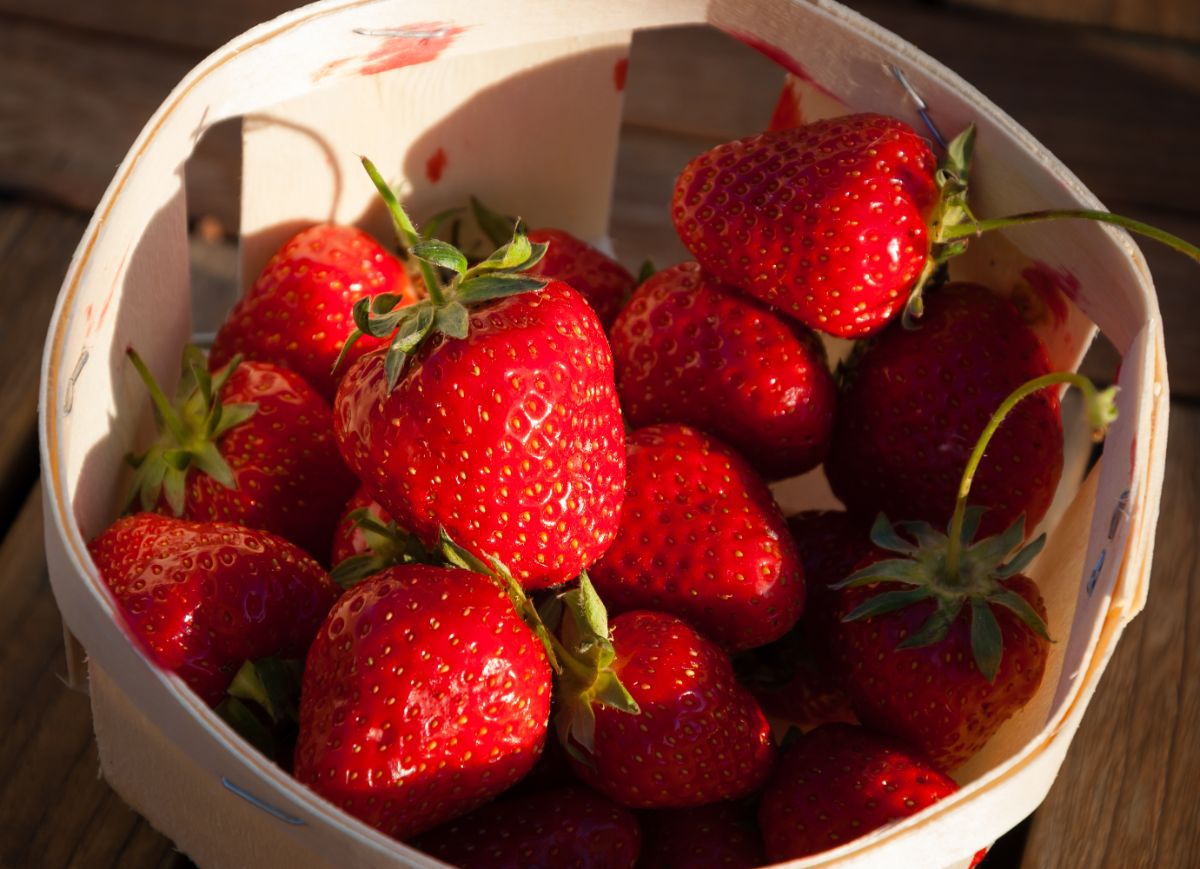
Once a strawberry is released, its new (often patented) variety name becomes widely used. However, it may be beneficial to know that the development names for Benicia was C225 and for Mojave was C227. University California-Davis pomologist Kirk Larson selected Mojave (which is occasionally called “Mohave”), and Doug Shaw, fruit geneticist and professor, selected Benicia (which is occasionally called “Benecia”). These varieties were initially studied by these men in 2005, and, after five years of testing and trials, they have now been released.
Where to Buy Benicia Strawberry Plants & Mojave Strawberry Plants
If you are wondering where you can purchase Benicia strawberry plants or Mojave strawberry plants, look no further! You can get them from the Benicia strawberry suppliers or Mojave strawberry suppliers listed below. The following tables contain reputable suppliers of either Benicia or Mojave strawberry plants, respectively:
Where to Purchase Benicia Strawberry Plants:
Monte Vista Nursery
P.O. Box 218
McArthur, CA 96056
Phone: (530) 941-4371
Mr. Allen Albaugh
E-mail: [email protected]
Where to Purchase Mojave Strawberry Plants:
Monte Vista Nursery
P.O. Box 218
McArthur, CA 96056
Phone: (530) 941-4371
Mr. Allen Albaugh
E-mail: [email protected]
For many other varieties of strawberry plants, you can visit our directory of Strawberry Plants for Sale Online.

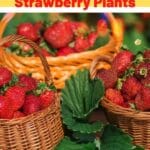
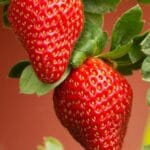
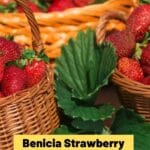

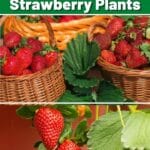
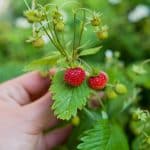
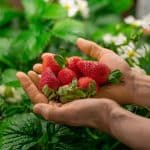
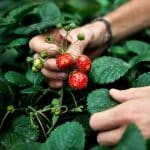
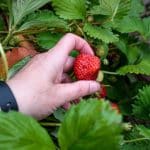
Steve Nemcsok says
Greetings!
Have either species been grown in hydroponic settings? Would you happen to have any feedback on such activity for tower hydroponics?
Many thanks for your response!
David Lane says
We plant 6 acres of Camarosa for upick and to sale in our farm store. This variety has done well for 8 years. We plant in mid October and begin harvest the first of April thru May. How do you think Benicia would produce in middle Georgia. We are in Zone 8.
Straw Berry says
David Lane,
Benicia should do acceptably there. However, Camarosa is tried and true, and, from what I hear, the verdict is still out on whether Benicia is actually superior to Camarosa. Good luck!
Kelly Richardson says
Will these be Zone 9 or Zone 10? since Mojave is a desert, or is the name misleading and this plant is intended for cooler cliamates of California?
Mr. Strawberry says
Kelly Richardson,
The name is a bit misleading. They were developed specifically for the California market. Sorry!
Matt ranatza says
I am growing strawberries for my third year. I am growing festival and camino real and wanted to know if benicia would be a good variety for south louiaiana
Mr. Strawberry says
Matt,
Feel free to try it, but Benicia was developed primarily as a commercial cultivar for Californian growers in the mold of Camarosa. You might do better with some of the Zone 9 strawberry varieties that are better adapted to the temperatures you have in South Louisiana. If you do try Benicia, do let me know how it performed! Good luck!